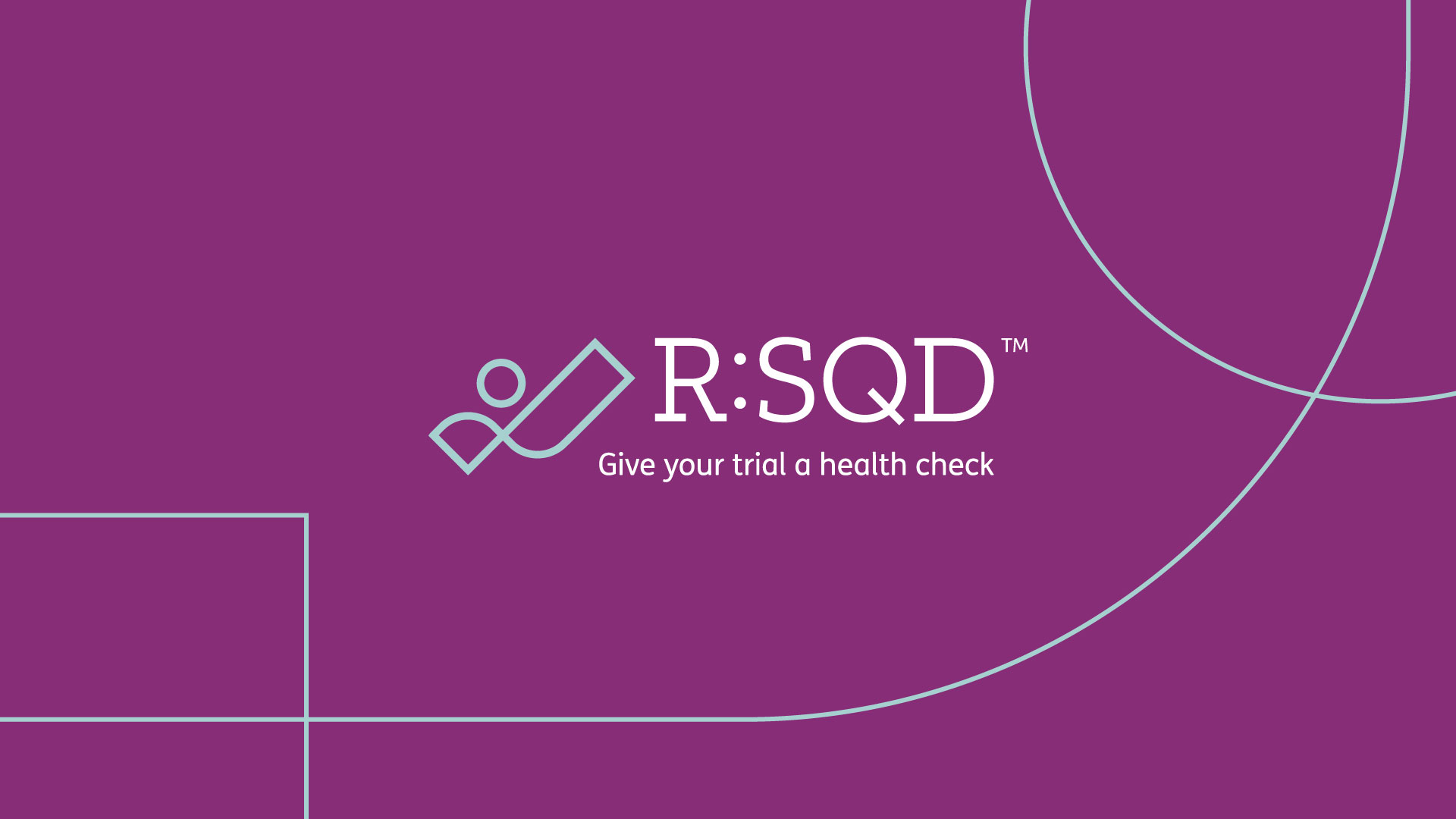The side effect disconnect in clinical trials: Why patients and HCPs see things differently

The email was polite, almost apologetic: “I don’t like to keep bothering you, but the itching is still there. It’s worse at night.” The update came swiftly, focused on the facts: “Grade 2 pruritus noted. Intervention prescribed.” Both messages carried good intent: one seeking relief, the other tracking safety. Between them sits the untold story of sleepless nights, frayed patience, and daily impact that doesn’t always reach the case report form.
In this first blog of a three-part series about the side effect gap between patients and HCPs and its impact on clinical trials, we explore why these misaligned perspectives arise.
One experience, two lenses
Across trials, the same symptom can look different when voiced by patients versus captured by HCPs. In early breast cancer, clinicians rate toxicities lower than patients, even when using the same assessment tools. Similarly, in multiple myeloma, concordance between patient and clinician reports of side effects is often limited.
This gap becomes even more apparent when focusing on patient-reported outcomes. In migraine, asking patients about their most troubling symptoms reveals benefits that a simple pain endpoint would otherwise miss. In ulcerative colitis, a reduction in stool frequency can be used to quantify mucosal healing, yet patients still self-manage abnormal stool symptoms at home. Meanwhile, in psoriasis, the gold standard severity assessment tool is impractical and does not adequately reflect patients’ quality of life (QoL).
These examples show how easily the lived burden of symptoms can be underestimated. This matters because greater side-effect bother is often an early sign of reduced QoL. If warning signs of declining QoL are missed, participants become at risk of disengaging, which may undermine the integrity of data and trial outcomes.
Understanding the disconnect
Differing priorities
Regulatory decisions still pivot on time-to-event endpoints that are guided by clinical evidence and safety thresholds. In many oncology programmes, overall survival and progression-free survival are used as the foundational endpoints to judge treatment success and safety, but they are often weighted more heavily than quality of life outcomes and patient-reported symptoms. This incongruence between clinician-centred metrics and lived patient experience is often echoed beyond oncology, arguing for endpoints that weight lived burden alongside conventional clinical thresholds.
Jargon and framing
Standardisation of side effect reporting keeps trials objective, safe and reproducible: CTCAE v5.0 grades encode severity consistently, MedDRA gives us a common safety lexicon, and ICH E6 is the cornerstone of Good Clinical Practice obligations. Those tools are vital for ensuring that clinical trials are high quality, but are rooted in risk assessment and comparability rather than the lived experience of the 2 a.m. itch that ruins sleep.
Time and execution
Structured visits, heavy workloads, and strict schedules often make it difficult to explore patients’ lived experiences during consultations. The emphasis on fixed timeframes for safety assessment and data collection naturally prioritises the identification of higher-grade, action-driving side effects to ensure participant safety. However, this focus can lead to lower grade but persistent symptoms being overlooked or receiving less attention.
Walking a day in their shoes
Those lower-grade categories tell us about the risks, but they don’t tell us about the social withdrawal, missed meetings, or the smile that doesn’t quite reach the eyes. None of this blames busy clinicians. It simply says: let’s see what patients feel, and how we can facilitate more open conversations about bothersome side effects, not just what we can grade.
Stay with us for the next article that will explore the unspoken physical and emotional toll of underreported side effects.
References
- Pavlović M, et al. Cancers. 2021;13(23):5922.
- Ribbands A, et al. Support Care Cancer. 2023;31:371.
- Lipton R, et al. Headache. 2022;62:690–699.
- Lipton R, et al. JAMA. 2019;322(19):1887–1898.
- Jharap B, et al. Aliment Pharmacol Ther. 2015;42:1082–1092.
- Reddit (2024). Available here. Accessed: August 2025.
- Gulliver W, et al. Journal of Psoriasis and Psoriatic Arthritis. 2023;8(2):74–82.
- Leonardi C, et al. Dermatol Ther (Heidelb). 2021;11:1249–1263.
- O'Connell N, et al. JCO. 2024;42:266–272.
- Pe M, et al. The Lancet Oncology.2025;25(6);687–690.
- King M, et al. The Lancet. 2008;371(9614:709-710.
- Common Terminology Criteria for Adverse Events (CTCAE) Version 5.0 (2017). Available here. Accessed: August 2025.
- MedDRA Glossary (2025). Available here. Accessed: August 2025.
- ICH Guideline for Good Clinical Practice E6(R3) (2025). Available here. Accessed: August 2025.



.png)







